Effect of Obstacles Gradient Arrangement on Non-Uniformly Distributed LPG–Air Premixed Gas Deflagration
Abstract
:1. Introduction
2. Experimental Setup
2.1. Experimental Device and Duct Dimensions
2.2. Experimental Methods
3. Numerical Model
3.1. Mesh Generation
3.2. Boundary Conditions and Initial Conditions
3.3. Numerical Details
4. Results and Discussion
4.1. Numerical Verification
4.2. Flame Propagation Process
4.3. Coupling Relationship between Overpressure and Propagating Flame
5. Conclusions
- (1)
- In the increasing blockage height arrangement, the reflow flame formed a “straw hat” flame cavity, which eventually formed an elliptical region with a long axis of approximately 10 mm and a short axis of approximately 6 mm. In the decreasing blockage height arrangement, a narrow blank area similar to “ribbon-shaped“, appears and becomes longer with time.
- (2)
- The explosion overpressure was at its maximum when the height of the obstacles was the same. It is probably because a straight tube parallel to the flame propagation direction is more conducive to producing a strong surge. The weakening of the pressure after passing through each obstacle in the case of gradient arrangement was avoided.
- (3)
- The moment of maximum area of flame occurred slightly earlier than the moment of maximum overpressure peak, which may be due to the non-uniform distribution of LPG gas in the tube. The overpressure peak occurred at the moment when the flame was about to break out of the tube or had already broken out of the tube.
- (4)
- All three arrangements had an accelerating effect on the flame when the change in the height of the obstacle was not considered. In addition, the acceleration effect was most obvious when the obstacle height was arranged in decreasing. The speed of flame propagation, the area of the flame, and the overpressure peak formed a positive feedback mechanism.
- (5)
- In the case of a non-uniform distribution of combustible gases, the speed acquired by the flame at the initial stage had a very important influence on the overall speed of flame propagation.
Author Contributions
Funding
Institutional Review Board Statement
Informed Consent Statement
Data Availability Statement
Conflicts of Interest
References
- Ji, T.; Qian, X.; Yuan, M.; Wang, D.; He, J.; Xu, W.; You, Q. Case study of a natural gas explosion in Beijing, China. J. Loss Prev. Process Ind. 2017, 49, 401–410. [Google Scholar] [CrossRef]
- Wang, K.; Shi, T.; He, Y.; Li, M.; Qian, X. Case analysis and CFD numerical study on gas explosion and damage processing caused by aging urban subsurface pipeline failures. Eng. Fail. Anal. 2019, 97, 201–219. [Google Scholar] [CrossRef]
- Gong, Y.; Li, Y. STAMP-based causal analysis of China-Donghuang oil transportation pipeline leakage and explosion accident. J. Loss Prev. Process Ind. 2018, 56, 402–413. [Google Scholar] [CrossRef]
- Li, X.; Chen, G.; Zhu, H.; Xu, C. Gas dispersion and deflagration above sea from subsea release and its impact on offshore platform. Ocean. Eng. 2018, 163, 157–168. [Google Scholar] [CrossRef]
- Feng, L.A.; Ww, B.; Jiang, X.A.; Sd, C.; Fk, D.; Jy, A. A CAST-based causal analysis of the catastrophic underground pipeline gas explosion in Taiwan-ScienceDirect. Eng. Fail. Anal. 2020, 108, 104343. [Google Scholar]
- Biezma, M.V.; Andrés, M.; Agudo, D.; Briz, E. Most fatal oil & gas pipeline accidents through history: A lessons learned approach. Eng. Fail. Anal. 2020, 110, 104446. [Google Scholar]
- Xl, A.; Jw, A.; Ra, B.; Gc, C. A risk assessment framework considering uncertainty for corrosion-induced natural gas pipeline accidents. J. Loss Prev. Process Ind. 2022, 75, 104718. [Google Scholar]
- Yu, M.; Zheng, K.; Chu, T. Gas explosion flame propagation over various hollow-square obstacles. J. Nat. Gas Sci. Eng. 2016, 30, 221–227. [Google Scholar] [CrossRef]
- Luo, G.; Tu, J.Q.; Qian, Y.L.; Jin, K.K.; Ye, T.J.; Bai, Y.; Gao, S. Impacts of Rectangular Obstacle Lengths on Premixed Methane–Air Flame Propagation in a Closed Tube. Combust. Explos. Shock. Waves 2022, 58, 10–21. [Google Scholar] [CrossRef]
- Wang, L.Q.; Ma, H.H. Explosion dynamics of hydrogen-air mixtures in a flat vessel filled with annular obstacles. Fuel 2021, 298. [Google Scholar] [CrossRef]
- Alharbi, A.; Masri, A.R.; Ibrahim, S.S. Turbulent premixed flames of CNG, LPG, and H-2 propagating past repeated obstacles. Exp. Therm. Fluid Sci. 2014, 56, 2–8. [Google Scholar] [CrossRef]
- Elshimy, M.; Ibrahim, S.; Malalasekera, W. Numerical studies of premixed hydrogen/air flames in a small-scale combustion chamber with varied area blockage ratio. Int. J. Hydrogen Energy 2020, 45, 14979–14990. [Google Scholar] [CrossRef]
- Na'inna, A.M.; Somuano, G.B.; Phylaktou, H.N.; Andrews, G.E. Flame acceleration in tube explosions with up to three flat-bar obstacles with variable obstacle separation distance. J. Loss Prev. Process Ind. 2015, 38, 119–124. [Google Scholar] [CrossRef]
- Wang, C.; Cui, Y.Y.; Mebarki, A.; Cai, Y. Effect of a Tilted Obstacle on the Flame Propagation of Gas Explosion in Case of Low Initial Pressure. Combust. Sci. Technol. 2021, 193, 2405–2422. [Google Scholar] [CrossRef]
- Li, G.Q.; Du, Y.; Liang, J.J.; Wang, S.M.; Wang, B.; Qi, S. Characteristics of gasoline-air mixture explosions with different obstacle configurations. J. Energy Inst. 2018, 91, 194–202. [Google Scholar] [CrossRef]
- Wang, Q.; Luo, X.J.; Li, Q.; Rui, S.C.; Wang, C.J.; Zhang, A.F. Explosion venting of hydrogen-air mixture in an obstructed rectangular tube. Fuel 2022, 310, 122473. [Google Scholar] [CrossRef]
- Zhang, K.; Wang, Z.R.; Ni, L.; Cui, Y.Y.; Zhen, Y.Y.; Cui, Y.Q. Effect of one obstacle on methane-air explosion in linked vessels. Process Saf. Environ. Prot. 2017, 105, 217–223. [Google Scholar] [CrossRef]
- Wang, L.; Si, R.J.; Li, R.Z.; Huo, Y. Experimental investigation of the propagation of deflagration flames in a horizontal underground channel containing obstacles. Tunn. Undergr. Space Technol. 2018, 78, 201–214. [Google Scholar] [CrossRef]
- Chen, C.-k.; Zhang, Y.-l.; Zhao, X.-l.; Lei, P.; Nie, Y. Experimental study on the influence of obstacle aspect ratio on ethanol liquid vapor deflagration in a narrow channel. Int. J. Therm. Sci. 2020, 153, 106354. [Google Scholar] [CrossRef]
- Li, G.Q.; Wu, J.; Wang, S.M.; Bai, J.; Wu, D.J.; Qi, S. Effects of gas concentration and obstacle location on overpressure and flame propagation characteristics of hydrocarbon fuel-air explosion in a semi-confined pipe. Fuel 2021, 285, 119268. [Google Scholar] [CrossRef]
- Luo, Z.M.; Kang, X.F.; Wang, T.; Su, B.; Cheng, F.M.; Deng, J. Effects of an obstacle on the deflagration behavior of premixed liquefied petroleum gas-air mixtures in a closed duct. Energy 2021, 234, 121291. [Google Scholar] [CrossRef]
- Lv, X.; Zheng, L.; Zhang, Y.; Yu, M.; Su, Y. Combined effects of obstacle position and equivalence ratio on overpressure of premixed hydrogen–air explosion. Int. J. Hydrogen Energy 2016, 41, 17740–17749. [Google Scholar] [CrossRef]
- Wen, X.; Yu, M.; Ji, W.; Yue, M.; Chen, J. Methane–air explosion characteristics with different obstacle configurations. Int. J. Min. Sci. Technol. 2015, 25, 213–218. [Google Scholar] [CrossRef]
- Xiao, G.Q.; Wang, S.; Mi, H.F.; Khan, F. Analysis of obstacle shape on gas explosion characteristics. Process Saf. Environ. Prot. 2022, 161, 78–87. [Google Scholar] [CrossRef]
- Cao, X.; Wei, H.; Wang, Z.; Wang, Y.; Fan, L.; Lu, Y. Effect of obstacle on the H2/CO/Air explosion characteristics under lean-fuel conditions. Fuel 2022, 319, 123834. [Google Scholar] [CrossRef]
- Li, M.; Liu, D.; Shen, T.; Sun, J.; Xiao, H. Effects of obstacle layout and blockage ratio on flame acceleration and DDT in hydrogen-air mixture in a channel with an array of obstacles. Int. J. Hydrogen Energy 2022, 47, 5650–5662. [Google Scholar] [CrossRef]
- Li, G.Q.; Du, Y.; Wang, S.M.; Qi, S.; Zhang, P.L.; Chen, W.Z. Large eddy simulation and experimental study on vented gasoline-air mixture explosions in a semi-confined obstructed pipe. J. Hazard. Mater. 2017, 339, 131–142. [Google Scholar] [CrossRef]
- Qin, Y.; Chen, X. Flame propagation of premixed hydrogen-air explosion in a closed duct with obstacles. Int. J. Hydrogen Energy 2021, 46, 2684–2701. [Google Scholar] [CrossRef]
- Qin, Y.; Chen, X. Study on the dynamic process of in-duct hydrogen-air explosion flame propagation under different blocking rates. Int. J. Hydrogen Energy 2022, 47, 18857–18876. [Google Scholar] [CrossRef]
- Takeno, T.; Murayama, M.; Tanida, Y. Fractal analysis of turbulent premixed flame surface. Exp. Fluids 1990, 10, 61–70. [Google Scholar] [CrossRef]
- Hao, B.; Gao, J.; Guo, B.; Ai, B.; Hong, B.; Jiang, X. Numerical Simulation of Premixed Methane–Air Explosion in a Closed Tube with U-Type Obstacles. Energies 2022, 15, 4909. [Google Scholar] [CrossRef]
- Zhou, N.; Ni, P.-F.; Li, X.; Li, X.-W.; Yuan, X.-J.; Zhao, H.-J. Experimental study and numerical simulation of the influence of vent conditions on hydrogen explosion characteristics. Energy Sources Part A: Recovery Util. Environ. Eff. 2021, 11, 1–16. [Google Scholar] [CrossRef]
- Zhou, N.; Wang, T.; Li, X.; Ni, P.; Zhao, H. Experimental study on hydrogen-air premixed gas explosion in confined space. Energy Sources Part A: Recovery Util. Environ. Eff. 2020, 1–12. [Google Scholar] [CrossRef]
- Phillips, H. Flame in a buoyant methane layer. Symp. (Int.) Combust. 1965, 10, 1277–1283. [Google Scholar] [CrossRef]
- Kioni, P.N.; Rogg, B.; Bray, K.N.C.; Liñán, A. Flame spread in laminar mixing layers: The triple flame. Combust. Flame 1993, 95, 276–290. [Google Scholar] [CrossRef]
- Han, B.; Ibarreta, A.F.; Sung, C.-J.; T'Ien, J.S. Structure of low-stretch methane nonpremixed flames. Combust. Flame 2007, 149, 173–190. [Google Scholar] [CrossRef]
- Huang, C.; Chen, X.; Liu, L.; Zhang, H.; Yuan, B.; Li, Y. The influence of opening shape of obstacles on explosion characteristics of premixed methane-air with concentration gradients. Process Saf. Environ. Prot. 2021, 150, 305–313. [Google Scholar] [CrossRef]
- Zheng, K.; Wu, Q.; Chen, C.; Xing, Z.; Hao, Y.; Yu, M. Explosion behavior of non-uniform methane/air mixture in an obstructed duct with different blockage ratios. Energy 2022, 255, 124603. [Google Scholar] [CrossRef]
- Pan, C.; Wang, X.; Sun, H.; Zhu, X.; Zhao, J.; Fan, H.; Liu, Y. Large-eddy simulation and experimental study on effects of single-dual sparks positions on vented explosions in a channel. Fuel 2022, 322, 124282. [Google Scholar] [CrossRef]
- Liu, J.; Wang, H. Machine learning assisted modeling of mixing timescale for LES/PDF of high-Karlovitz turbulent premixed combustion. Combust. Flame 2022, 238, 111895. [Google Scholar] [CrossRef]
- Zimont, V.L.; Battaglia, V. Joint RANS/LES approach to premixed flames modelling in the context of the TFC combustion model. Eng. Turbul. Model. Exp. 6 2005, 77, 905–914. [Google Scholar]
- Charlette, F.; Meneveau, C.; Veynante, D. A power-law flame wrinkling model for LES of premixed turbulent combustion Part I: Non-dynamic formulation and initial tests. Combust. Flame 2002, 131, 159–180. [Google Scholar] [CrossRef]
- Metghalchi, M.; Keck, J.C. Laminar burning velocity of propane-air mixtures at high temperature and pressure. Combust. Flame 1980, 38, 143–154. [Google Scholar] [CrossRef]
- Xiao, H.; Wang, Q.; Shen, X.; Guo, S.; Sun, J. An experimental study of distorted tulip flame formation in a closed duct. Combust. Flame 2013, 160, 1725–1728. [Google Scholar] [CrossRef]
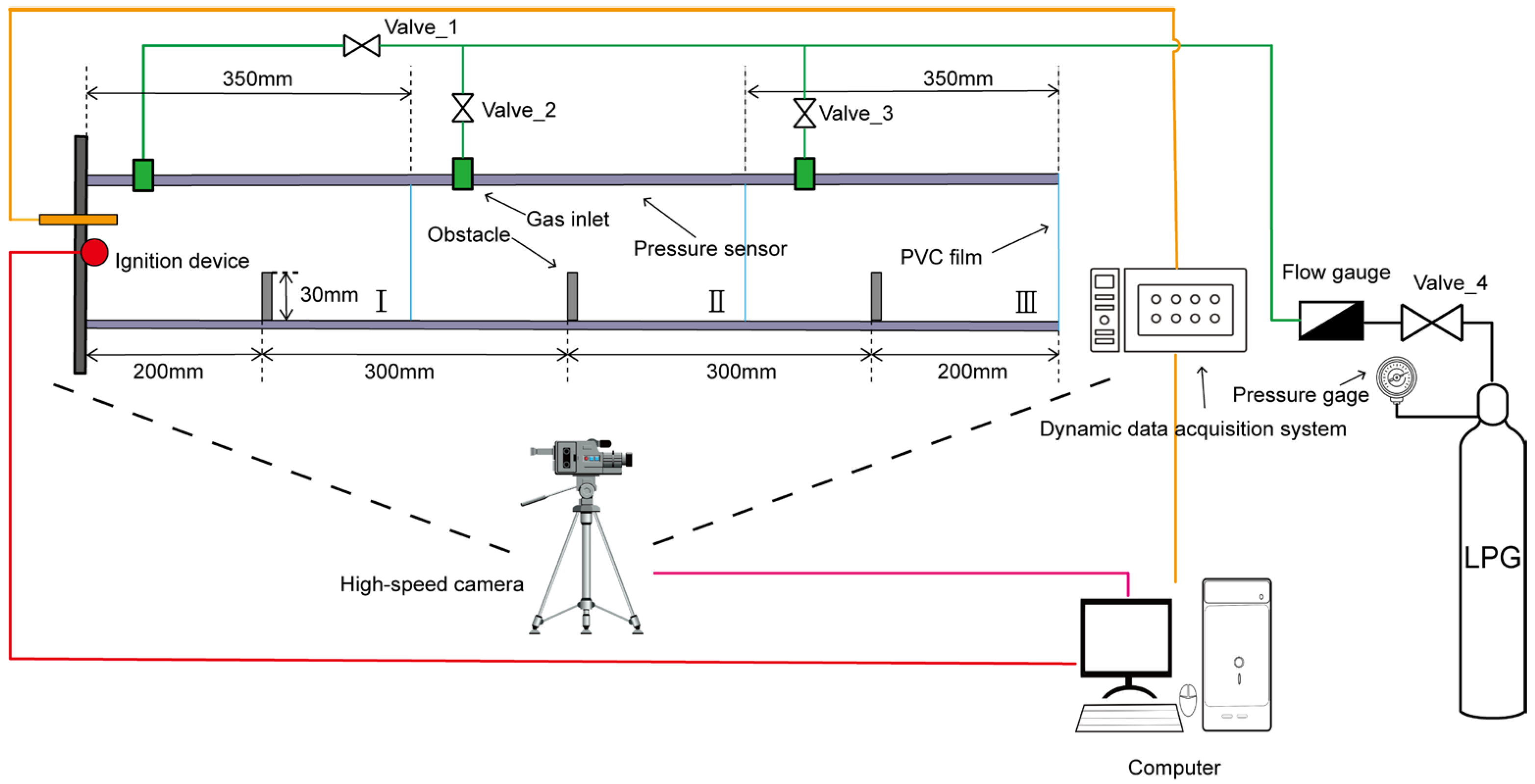
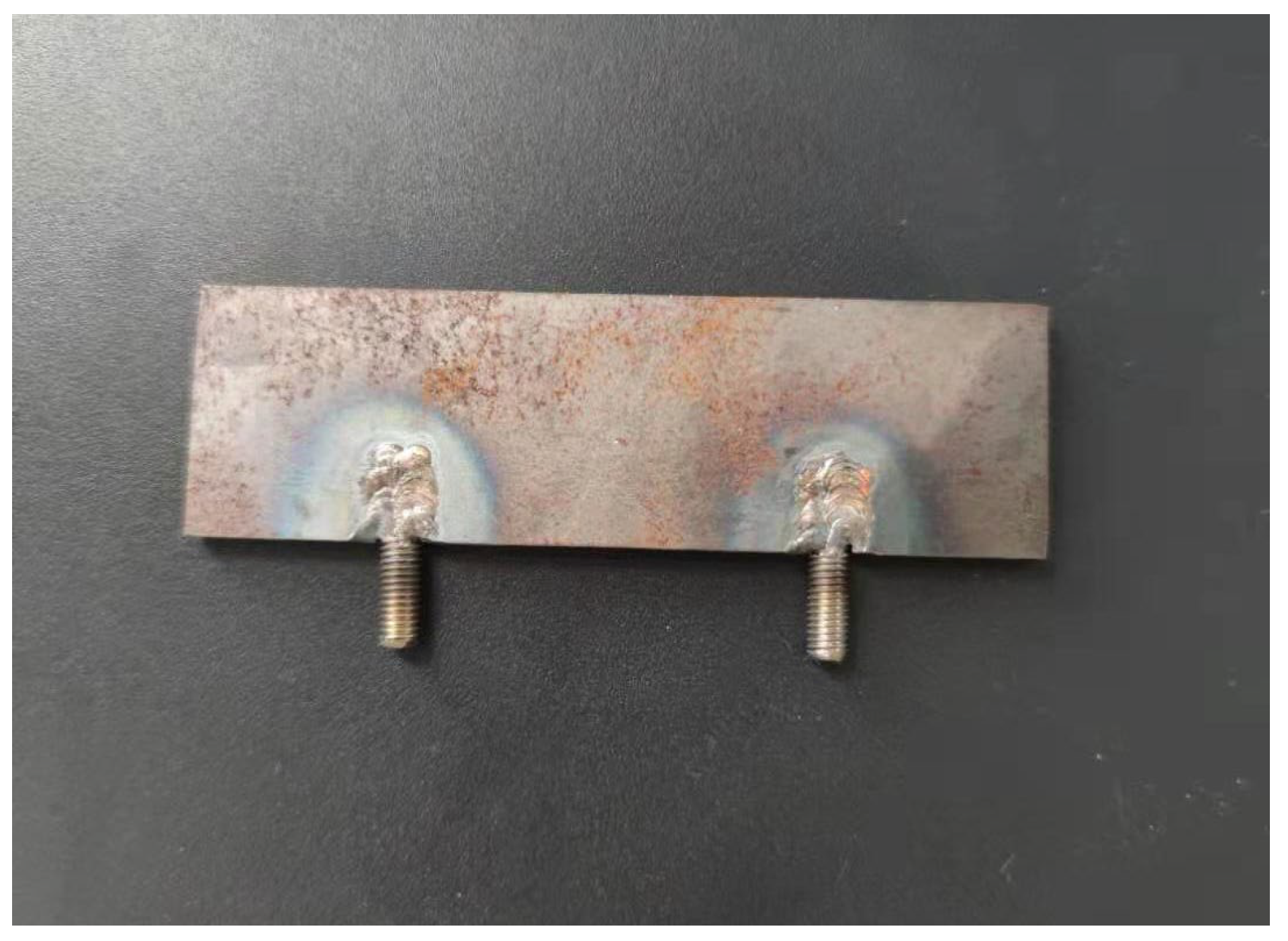
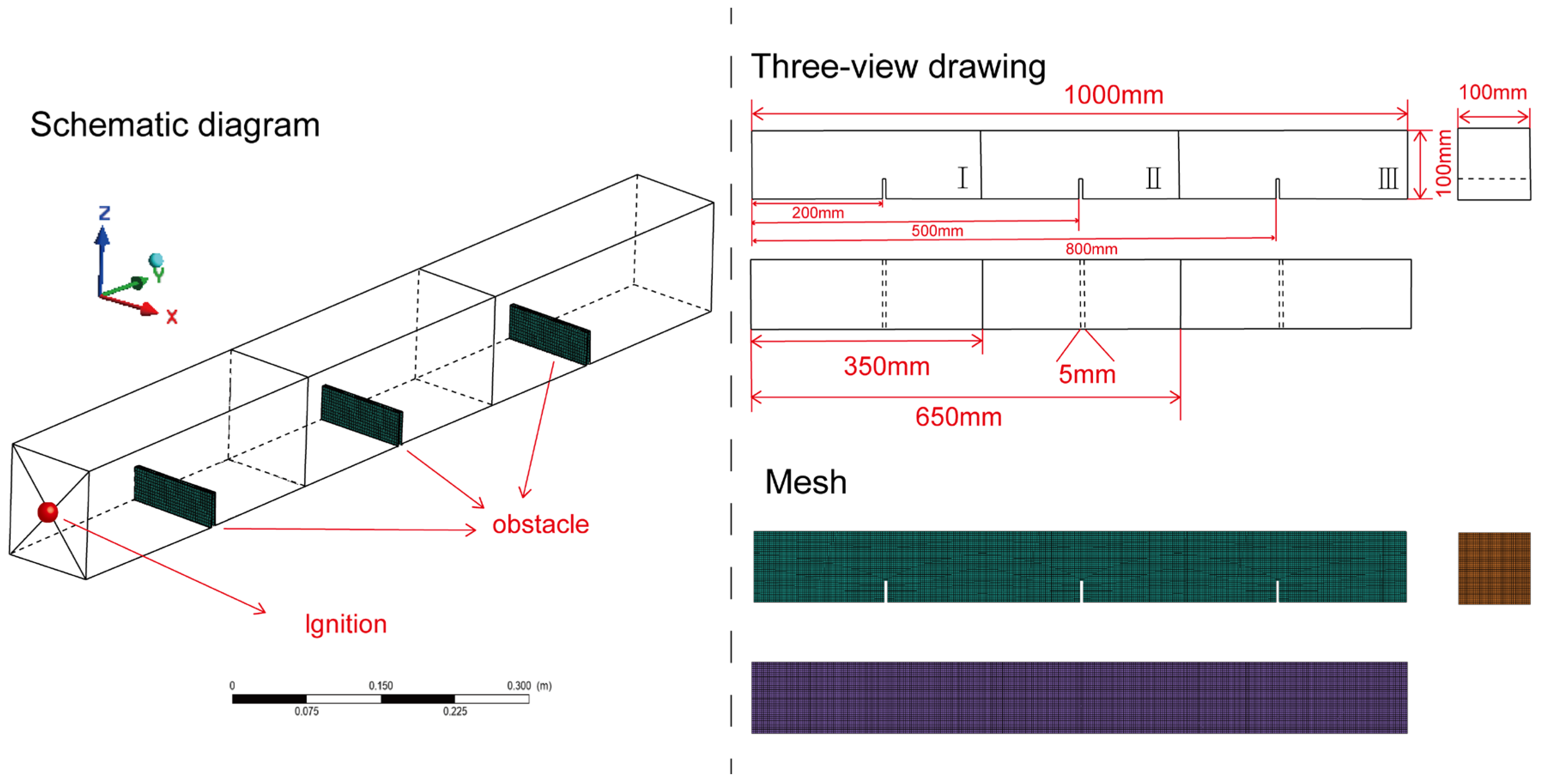
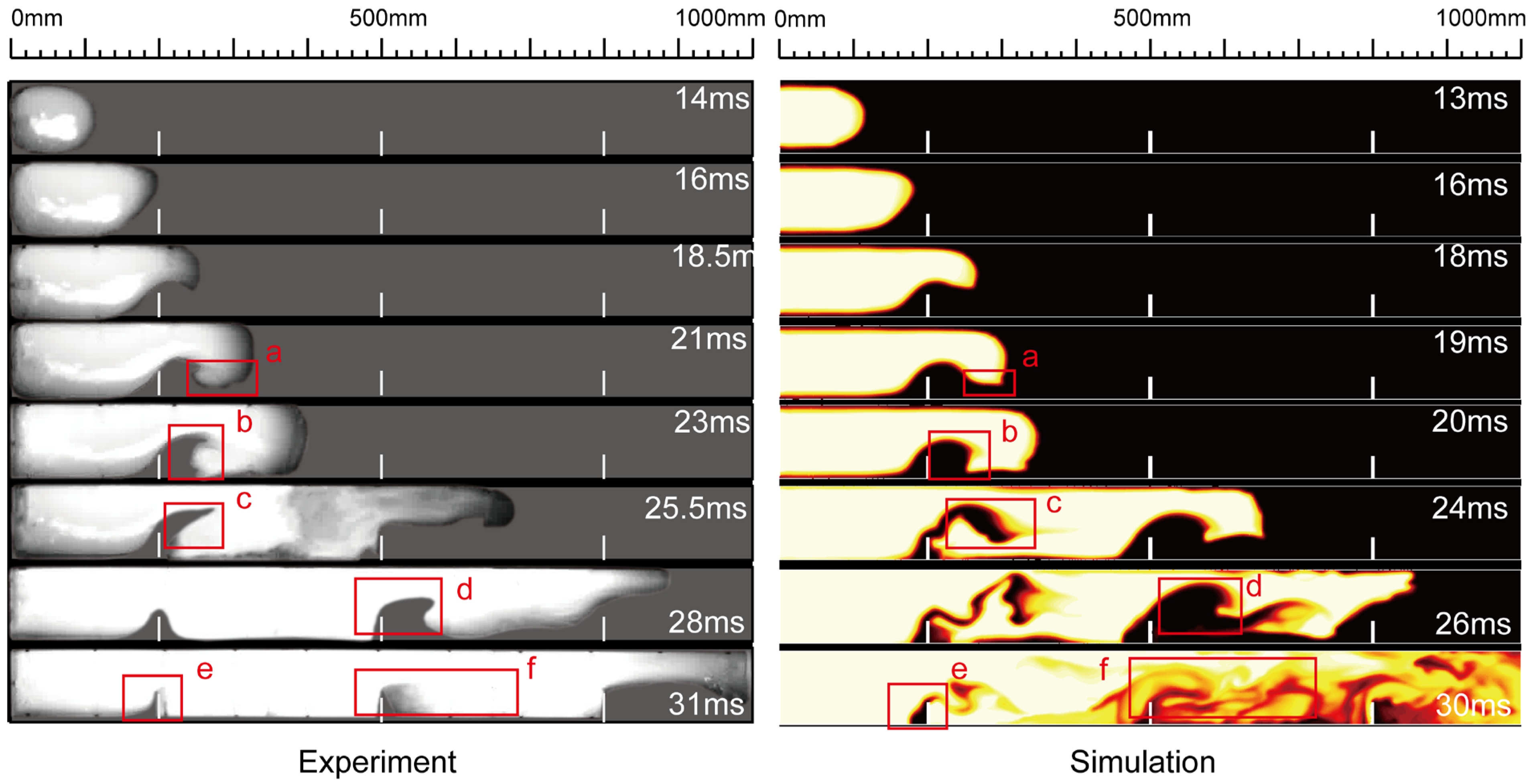
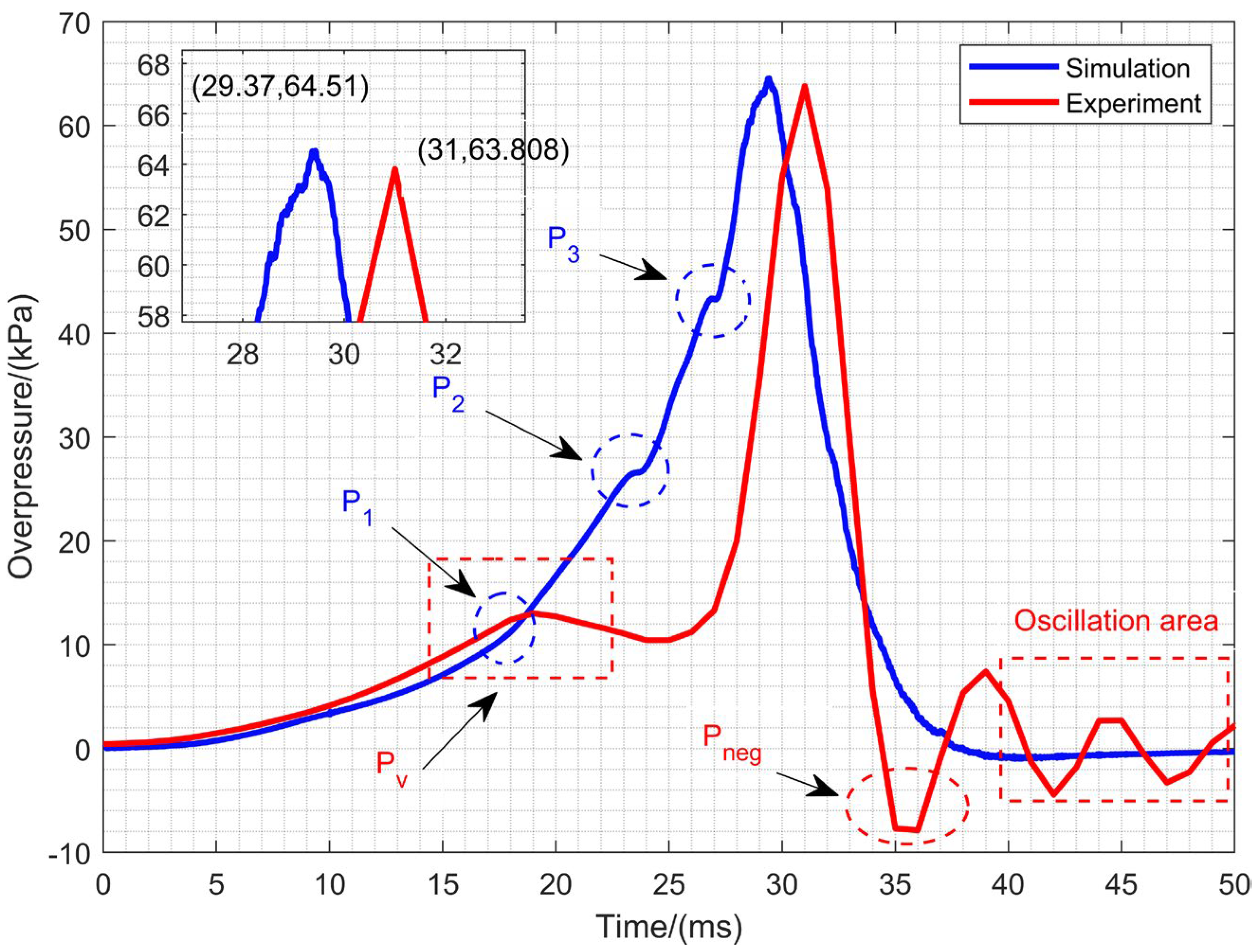

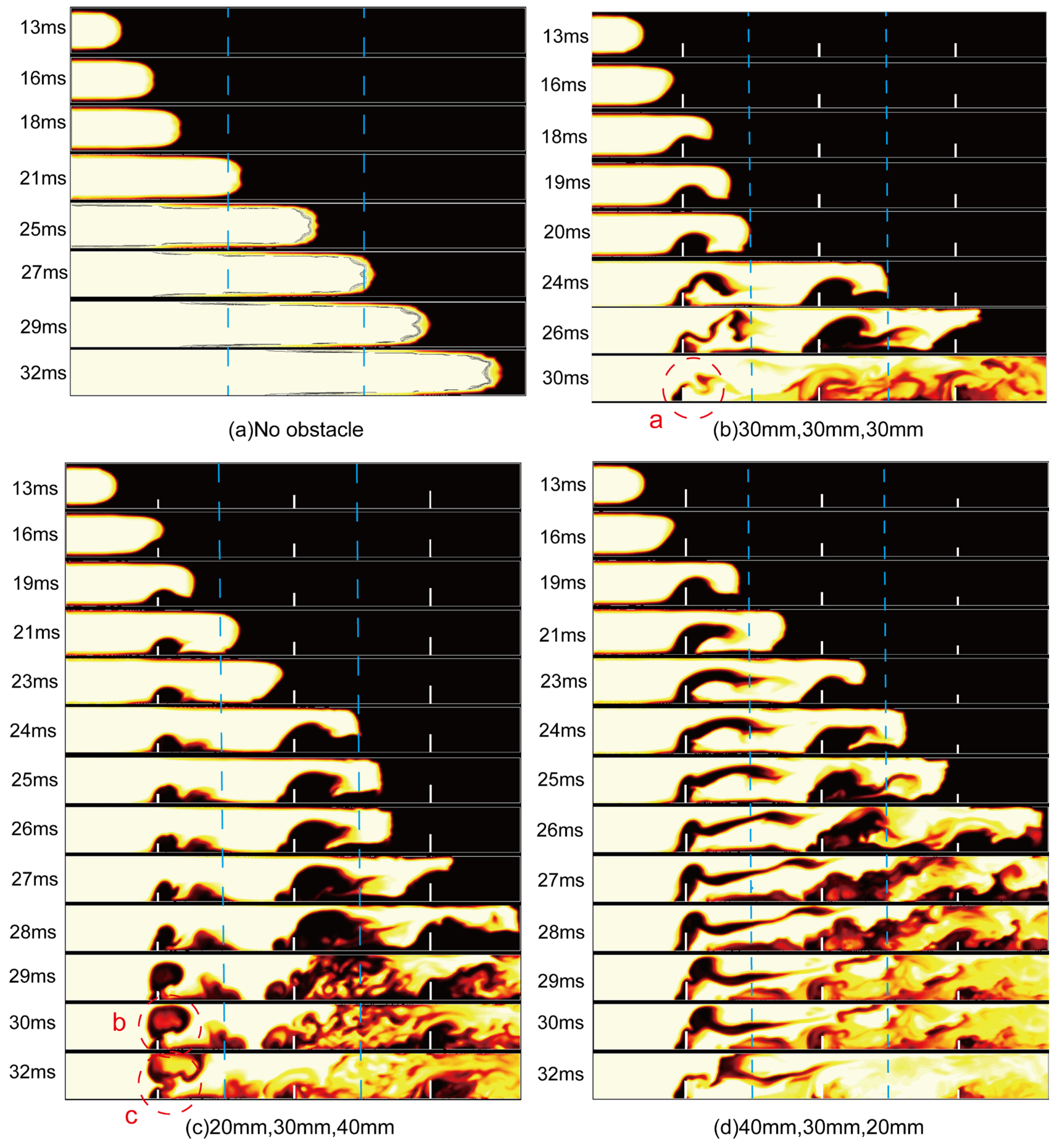
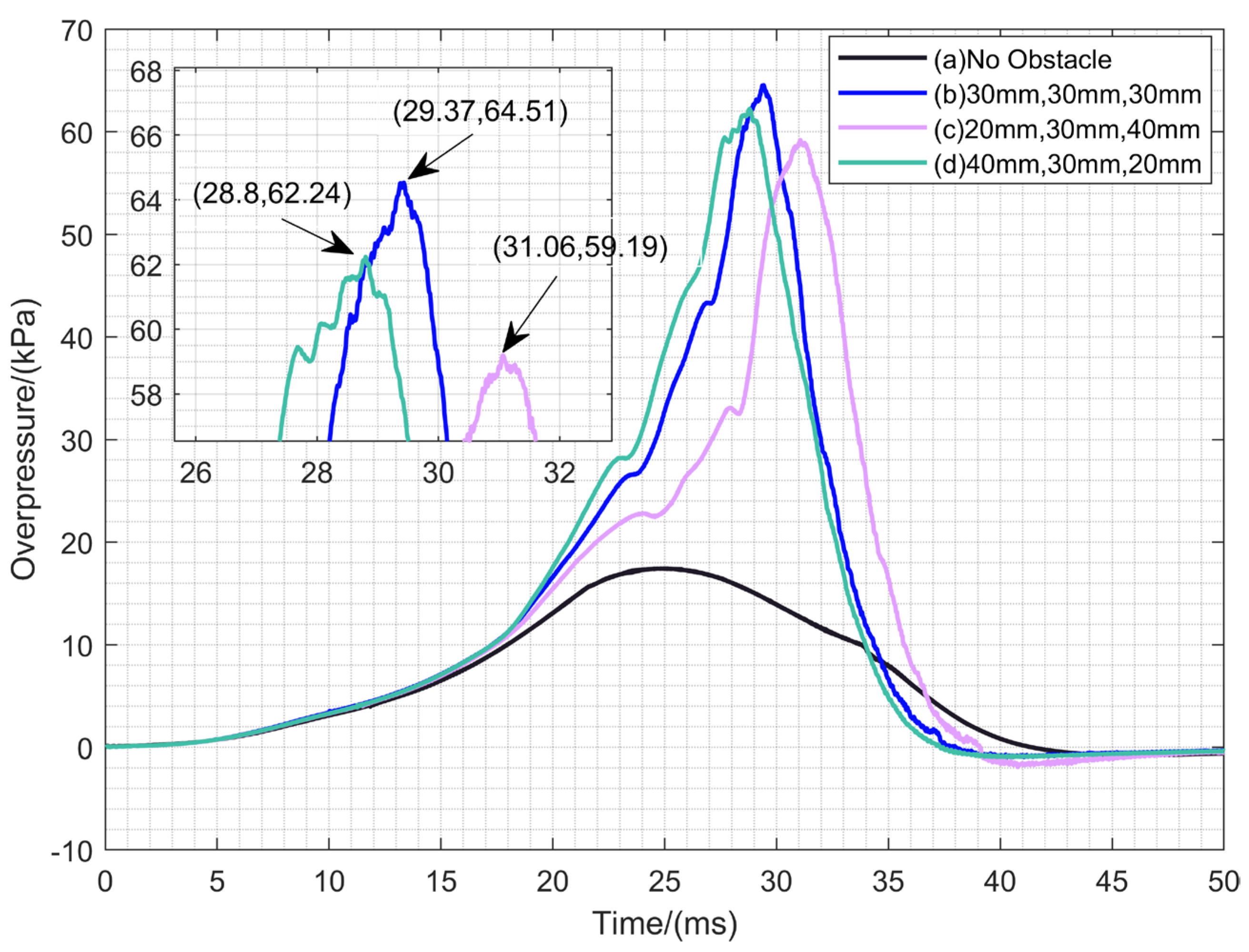
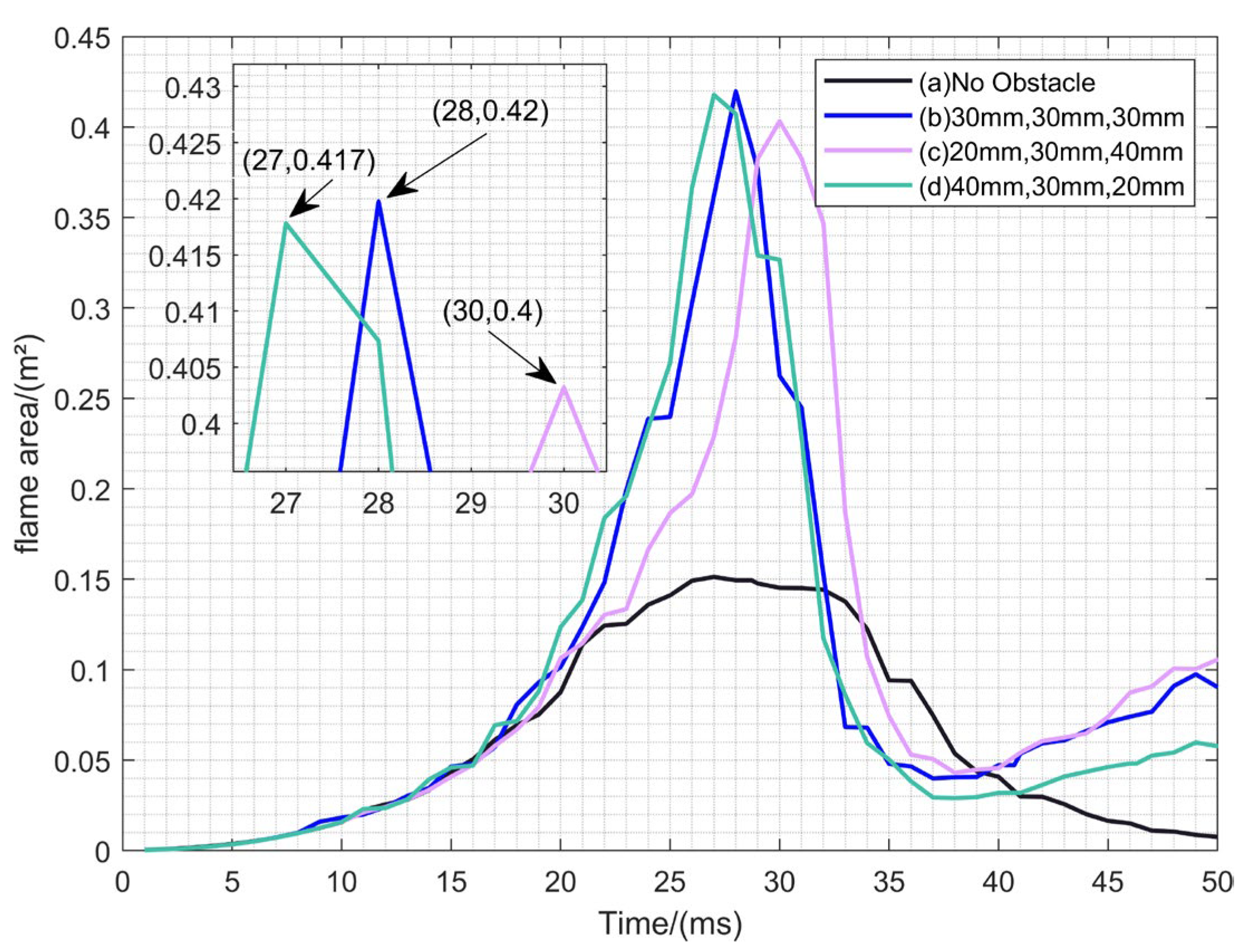
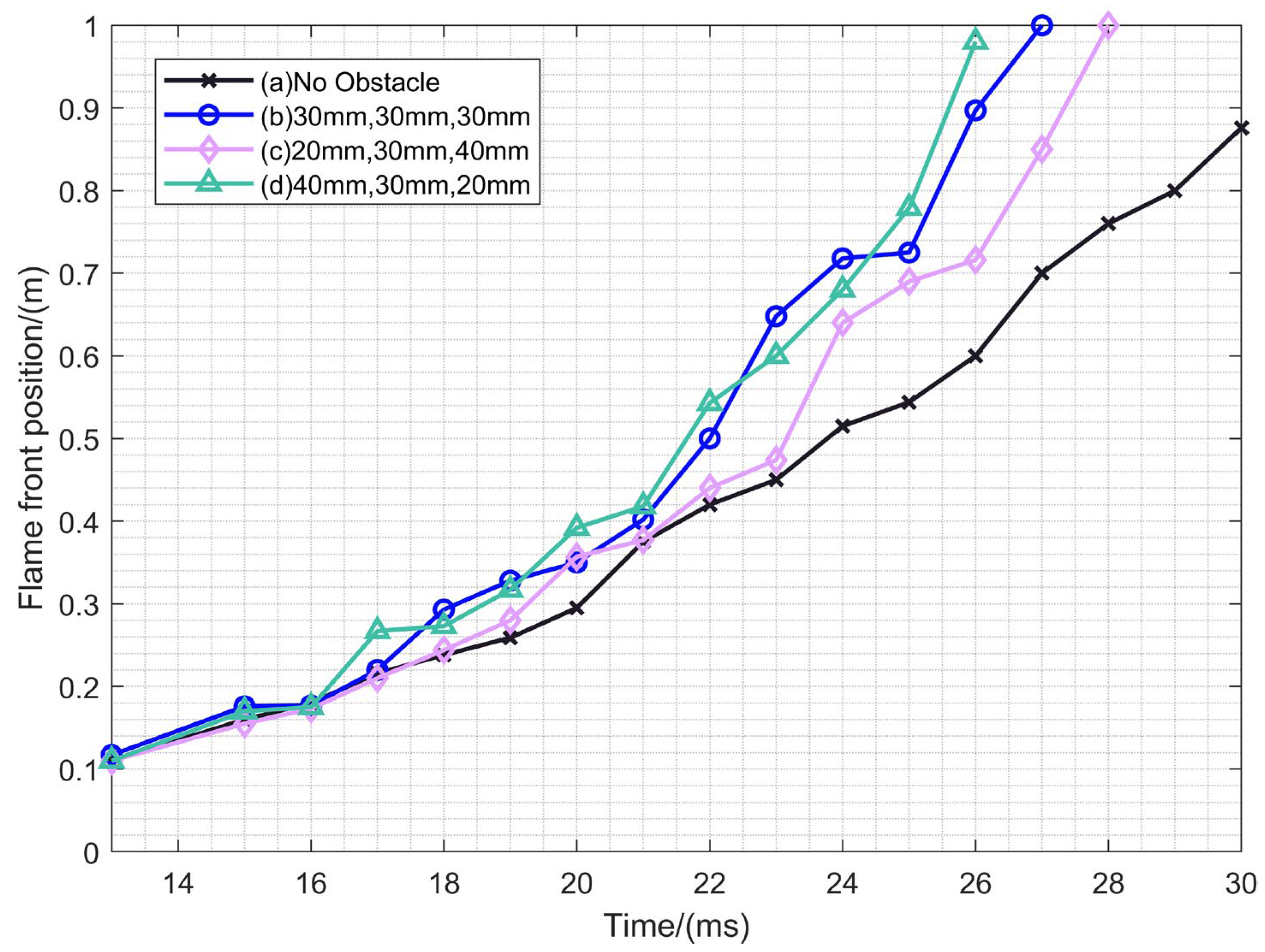
| Parameters | Value | Parameters | Value |
|---|---|---|---|
| Thermal Conductivity (W/(m K)) | 0.024 | Molecular Weight (kg/kmol) | 29.568 |
| Laminar Flame Speed (m/s) | 0.3716 | Heat of Combustion(J/kg) | 6.0485 × 107 |
| Unburnt Fuel Mass Fraction | 0.0845 | ||
| Thermal Conductivity (W/(m K)) | 0.024 | Molecular Weight (kg/kmol) | 29.4513 |
| Laminar Flame Speed (m/s) | 0.3831 | Heat of Combustion (J/kg) | 5.0375 × 107 |
| Unburnt Fuel Mass Fraction | 0.0602 | ||
| Thermal Conductivity (W/(m K)) | 0.024 | Molecular Weight (kg/kmol) | 29.4276 |
| Laminar Flame Speed (m/s) | 0.3669 | Heat of Combustion(J/kg) | 4.788 × 107 |
| Unburnt Fuel Mass Fraction | 0.0547 |
Publisher’s Note: MDPI stays neutral with regard to jurisdictional claims in published maps and institutional affiliations. |
© 2022 by the authors. Licensee MDPI, Basel, Switzerland. This article is an open access article distributed under the terms and conditions of the Creative Commons Attribution (CC BY) license (https://creativecommons.org/licenses/by/4.0/).
Share and Cite
Gao, J.; Ai, B.; Hao, B.; Guo, B.; Hong, B.; Jiang, X. Effect of Obstacles Gradient Arrangement on Non-Uniformly Distributed LPG–Air Premixed Gas Deflagration. Energies 2022, 15, 6872. https://doi.org/10.3390/en15196872
Gao J, Ai B, Hao B, Guo B, Hong B, Jiang X. Effect of Obstacles Gradient Arrangement on Non-Uniformly Distributed LPG–Air Premixed Gas Deflagration. Energies. 2022; 15(19):6872. https://doi.org/10.3390/en15196872
Chicago/Turabian StyleGao, Jianfeng, Bingjian Ai, Bin Hao, Bingang Guo, Bingyuan Hong, and Xinsheng Jiang. 2022. "Effect of Obstacles Gradient Arrangement on Non-Uniformly Distributed LPG–Air Premixed Gas Deflagration" Energies 15, no. 19: 6872. https://doi.org/10.3390/en15196872





